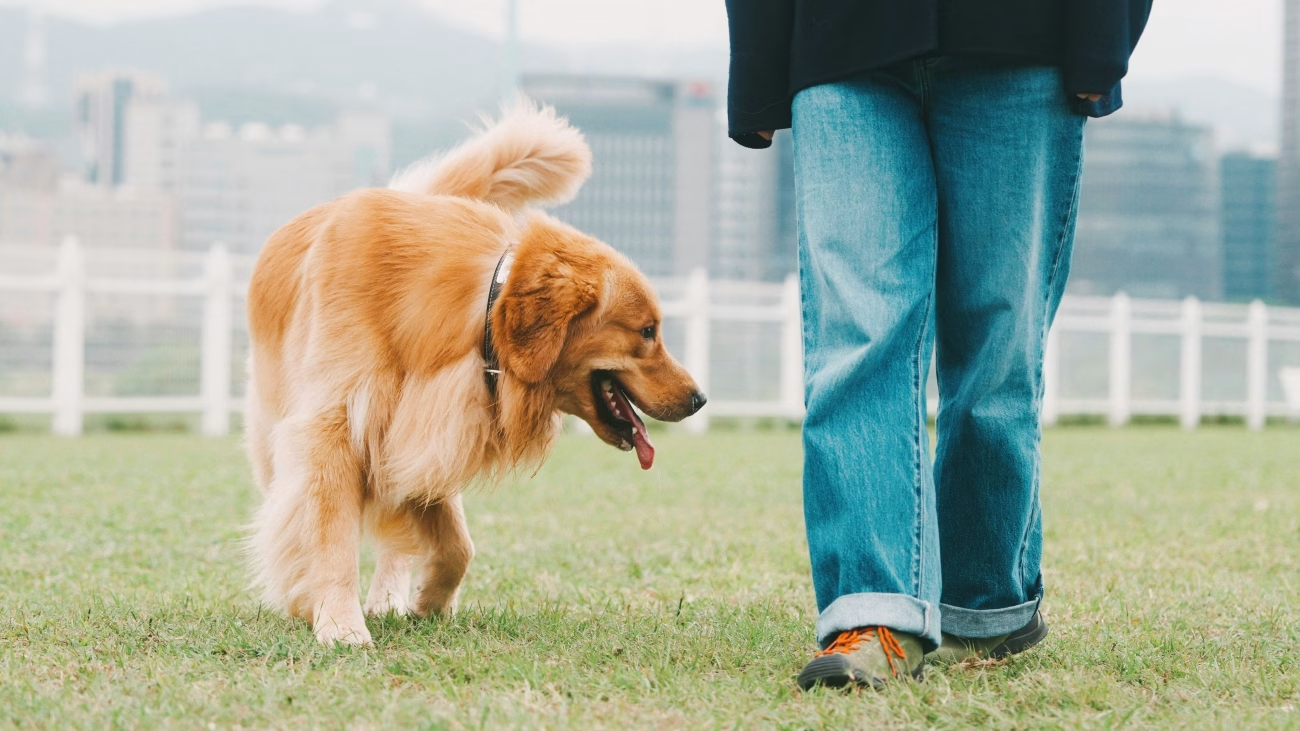Dogs Still Think Like Wolves, Even if They Sleep on Your Couch
You close the door. Your dog follows. You sit, and they sit nearby. You speak, and they tilt their head, waiting. These small moments may seem like everyday habits, but they’re rooted in something far deeper: your dog’s identity as a pack animal. Long before they became our best friends, dogs survived by belonging to each other, to their group, to something greater than themselves. That instinct never left.
Even in a cozy suburban home, the blueprint for pack behavior still runs beneath every tail wag, whimper, and nudge. And yet, many owners miss the signs, not realizing that their dog’s most frustrating or endearing quirks are echoes of the wild.
The Wild Origins of the Pack
From your dog’s perspective, you’re not just the person who pours the food or throws the ball. You’re the steady center of their world, the one who signals when to rest, when to move, and when everything is okay. In many ways, you’re fulfilling the role of a calm, trusted pack leader. But dogs are sensitive observers. They notice if someone else in the house gets special attention. They recognize when routines break. They respond when new “members” (like babies or adopted pets) arrive.
It’s their social instincts adjusting to shifting roles within their perceived pack. A dog might guard one family member more closely, test boundaries with another, or act out when structure feels unclear. These aren’t bad behaviors, they’re natural reactions from a creature trying to make sense of its pack’s rules.
The Truth About Leadership
Many popular dog training myths overuse the word “alpha,” painting dogs as dominance-obsessed creatures that must be conquered. But real canine leadership, especially in wild packs, doesn’t look like dominance. It looks like confidence, clarity, and calm. The wolf at the center of the group doesn’t lash out to control others. Instead, they lead through consistency and reliability. Others follow because they feel safe, not because they fear punishment.
Dogs at home crave the same sense of structure. They want to know that someone else is in charge so they don’t have to be. When that role isn’t filled with gentle clarity, some dogs become anxious, hyper-alert, or controlling. Not out of rebellion, but because nature made them respond to group energy. When you offer firm boundaries with a calm demeanor, you’re speaking their language.
Pack Separation and Modern Anxiety
In the wild, being alone meant danger. Predators struck at the edges, and the group provided safety. That same instinct still exists in your dog’s nervous system today. When you leave the house, your dog doesn’t just notice, they feel it. Some dogs learn to tolerate solitude over time. Others spiral into stress, pacing, barking, or destroying objects.
This explains why structured routines and gentle departures can make such a difference. Leaving your scent behind, offering mentally engaging toys, or creating a predictable goodbye ritual can ease the tension. The goal is to help your dog feel safe even when the pack is temporarily apart.
When Dogs Live Together: A Mini-Pack at Home
Households with multiple dogs become small social ecosystems. Relationships form, roles emerge, and yes, conflicts can arise. One dog may prefer leading the way on walks, while another mediates playtime disputes. Sometimes tension flares over food, space, or access to a beloved human.
What many owners interpret as aggression is often just the messy work of social negotiation. These behaviors make more sense when we remember that dogs are always working out pack dynamics. What they need is structure, fairness, and a watchful eye that knows when to intervene and when to step back.
What Happens When We Ignore the Wild Within?
When a dog’s need for social clarity is overlooked, their behavior often reflects it. A well-loved but unstructured dog may become destructive or anxious. They might bark excessively, guard toys or people, or seem unsettled by visitors. These symptoms aren’t signs of disobedience. They’re cries for stability. Your dog is trying to find their place in a world that feels uncertain.
Often, behavior problems fade when humans start behaving more like calm, clear pack members. Dogs need guidance and to belong to a group that makes sense.
What It Means to Be a Pack Member Today
You don’t assert power to be part of your dog’s pack. Instead, you show up with consistency, patience, and understanding. When you set clear routines (for feeding, walking, resting) your dog relaxes. When your voice and body language align, they trust your cues. When you offer quiet leadership rather than reactionary discipline, they feel safe. Even small acts, like inviting your dog into daily activities or giving them space to observe, reaffirm their role in your world.
Dogs don’t just seek food or fun. They seek connection. The kind of connection that tells them, “You’re part of something. You matter here.” That’s what a real pack gives. And that’s what you can offer, no wilderness required.
Beneath the Fur, a Wild Heart Still Beats
Dogs have shared our homes for thousands of years, but they’ve never lost touch with their roots. When your dog stares out the window, nuzzles close to your feet, or whines when you leave… it’s not just behavior. It’s innate drive. It’s memory. It’s the deep pull of a social animal wired for connection.
We don’t need to turn our homes into dens or lead midnight hunts. But we can honor the wolf still whispering inside our dogs. After all, you’re not just a pet owner. You’re part of the pack.
Craving more wild wisdom behind your dog’s behavior? Dive into What Wolves Can Teach You About Loyalty in Dogs, or learn how instincts still shape mealtimes in Natural Feeding Routines for Dogs Based on Wolf Packs.



2 thoughts on “Pack Behavior in Dogs: What Pet Owners Miss About the Wild”